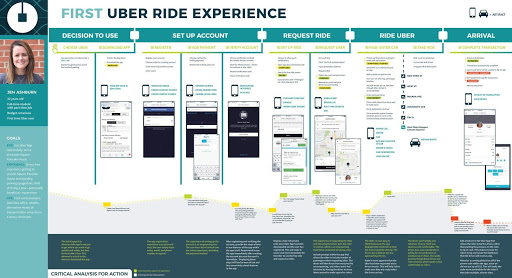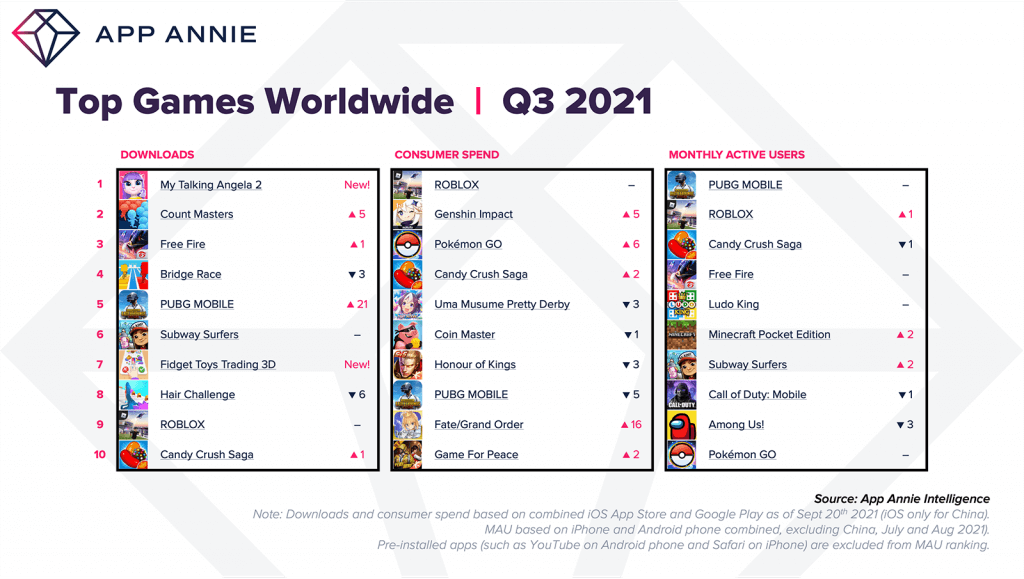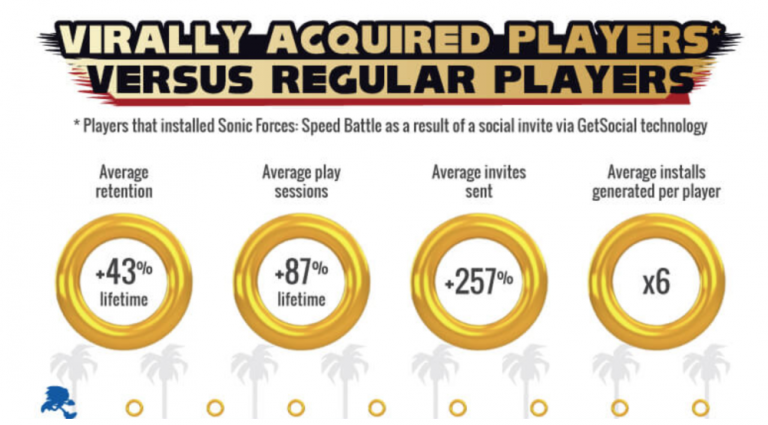The Only Guide You Need For Effective Indie Game Marketing

What makes an indie game indie?
An indie (independent) game is a game created by an individual developer or a small team without financial support from the publisher. The flagships of the indie game industry are games such as Braid, World of Goo, Super Meat Boy, and Minecraft. The latter is the best selling indie game according to the Guinness Book of Records, with tens of millions of copies sold.
Typically, indie games are created by individual developers, small teams, or small independent companies. Due to their independence, indie developers vs. publishers have neither operational nor creative restrictions and do not need publisher approval, which is mandatory for developers of mainstream games. As a result, the project budget does not limit the decisions of the game designer. Moreover, the smaller the team, the more vividly the individuality of a particular developer is expressed. Small teams, great opportunities, and lack of boundaries for creativity have created conditions in which indie games can be innovative, creative, and with great artistic expression.
Indie gaming originated on the PC. In the early 1990s, indie games experienced their first wave of popularity thanks to the shareware distribution model. Since the late 2000s, the industry has been experiencing a second wave of popularity because of online distribution services.
In search of funding for a new game, indie developers may resort to crowdfunding, finding a publisher, or creating a supportive community to develop the game.
Just as the mainstream computer games industry is comparable to the mainstream film industry, so the indie games industry is comparable to the independent film industry. However, the indie games industry is targeting online sales. For developers, online sales are more profitable and more affordable than retail sales. Moreover, with the rise in popularity of social media, a new genre of casual games has emerged. Despite this, there are isolated examples of indie games that have brought in a large income. Nevertheless, for most developers, indie games are more a significant stage in their careers than an opportunity to create a commercial product.
Why do indie games fail?
Despite the success of Minecraft, most indie games are not that much successful. According to statistics, an average indie game on Steam costs less than $10 and sells only a few copies. An average consumer will not buy unpopular games at all. Indie gamers are very demanding, but if you come up with an effective marketing plan, you can reach your player in this niche too. In this post, we are going to share a must-follow guide on how to market an indie game.
A Simple 10-Step Guide to Indie Game Marketing
1. Start with focusing on ASO
The very first step to marketing your game effectively is focusing on app store optimization. Actually, more than 50% of the apps are discovered via search. If that’s where your target market is looking for things, then that’s exactly where you need to make yourself visible. And ASO is the answer when it comes to discoverability.
Optimize the name of your game as well as keywords and description to suit the app stores. Keep in mind that Google Play Store users may have different search keywords than those on iOS. Try to include as many search keywords as possible to pull in your target users, but keep it all relevant.
And most importantly, ensure that you’re highlighting how your game is different from its competitors. Use screenshots and phrases that are sure to grab a user’s attention.

2. Focus 100% on your soft launch
A noted growth hacker in the app industry, Oliver Kern shared that an app’s launch phase isn’t the stage that decides its success or failure on the market. He says that the soft launch is what makes all the difference.
A soft launch is what helps you determine if the game is ready to acquire the market or if it needs a few more iterations before it gets introduced to millions of mobile users. The tactic is about launching your game to a restricted audience, gauging their experience, and improving your game based on their feedback and engagement before a full launch.
3. Get your game reviewed
As an indie developer, you should aim at reaching the maximum audience from your target market on a shoestring budget. This automatically means that, unlike games backed by publishers, you can’t spend on unlimited advertisements to acquire users. One of the ways that you can use to get discovered by many, without having to burn a hole in your pocket, is influencer marketing.
Look for influencers who have followers that fall under your target user demographics. Reach out to them with a suggestion that they review your game on their channels. This could be their blog, YouTube channel, or stream. The idea is to use their influence to reach out and convince their followers to try your game.

4. Leverage the power of word of mouth
Like we said, as an indie developer, you need to maximize what you have and use it to grow further. The same applies to user acquisition. You don’t need to start spending on ads right away when you could get a few recommendations from your existing users to reach new ones.
Word of mouth is a powerful source of organic traffic, and its main advantage is that it is free. It has proven to boost marketing effectiveness by a whopping 54%. About 84% of people are known to act on personal recommendations coming from their friends and family. Offer a great experience to your users and encourage them to invite their circle to the game, of course in exchange for something they see value in. If you can convince the gaming community that your game is one in a million, they will make sure that as many people as possible find out about it.

5. Get yourself some paparazzi
While it might sound a little too difficult, the digital world offers multiple platforms that could give your game some press coverage. Be it a local but popular YouTube channel, a press release platform, a review, or a tech news website that a lot of people follow, make sure that people are talking about your game. The more players hear about it and see it in action, the more likely they are to try it out too.
Keep your messaging simple, catchy, and easy to remember. To back your press coverage, create a micro landing page that highlights what your game has to offer. The landing page should include the following elements:
- Short game trailer
- Links to the app stores and social media
- Screenshots
- Extracts from game reviews
- Calls to action
For example, here’s the landing page of the Alto’s Adventure game. It’s minimalistic, beautiful, and attention-grabbing.

6. Tap into the power of social media
According to Statista, the number of social media users worldwide is predicted to grow to almost 4.41 billion by 2025. There is absolutely no way your target market is not falling into this category. Simply put, if your game is not on social media, you are missing out on the biggest opportunity to acquire new users and keep the existing ones engaged.
Identify the social media platforms that your target users are most active on. You can start with Twitter, Facebook, and Instagram. For example, use Twitter for short news, Facebook for longer posts, and Instagram for concept arts or screenshots. Use smart hashtags, for example, #indiedev, #indiegame, or #gamedev.
Make sure your game gets a dedicated page with regular catchy posts that keep your audience engaged. Share the gameplay-related tips and tricks in the form of screenshots or short videos. Experiment with the content that you share and target initiating conversations with your potential users.
Even a game as big as Angry Birds uses Facebook to regularly engage in happy sticker conversations with its users!

7. Become active on forums and communities
With digital becoming the go-to place for any kind of information one is looking for, there are plenty of forums, groups, and communities, such as r/IndieGaming on Reddit, where you could get your game discovered. Actually, we recommend that you work on creating your own community right from the beginning. It is a great way to keep your existing players engaged and even drive them towards in-app conversions for effective monetization. But create some kind of community only when you already have something to show – you must have a playable prototype or a video with gameplay.
When you are open, sincere, and in constant communication with people interested in your game, you build a core group of people who will spread the word about it. Ask people to give their opinion on the upcoming game and fulfill their wishes. By doing this, you will make people feel like they are involved in creating it. They will take care of what you are doing and will tell everyone around you about the game.
Show people who you are, why you want to make a game, why your game is unique, and why it might be interesting. Make your game different and specify what makes it the way it is. Address everyone who wrote to you individually, try to respond to all messages, be friendly, and show your community that you care about them. The community will be there for you during difficult times, encouraging you to continue, and it will be there for you to celebrate your accomplishments. Your community can provide a big moral boost when needed.
8. Leverage cross-promotion
Cross-promotion is also a great way to get your game discovered and acquire new users. There are plenty of industry-specific ad networks that you can use to promote your game to a large audience.
Alternatively, if you have an existing game with a considerable number of players or know another developer who would be willing to introduce your game to their users, there’s nothing better! Just make sure you are not investing efforts into something that will not get you to your target audience.

Here’s an example from Quora:
9. Focus on user relationships

The only way to keep your users constantly engaged with your game on the competitive market is to tap into the power of relationships. By this, we do not just mean the relationship between a game developer and the players. We are referring to the relation between your players that you can use to keep them engaged and help you grow your game further.
If you are already using referral marketing in your app user acquisition strategy, consider the GetSocial Social Graph to understand the bond between users. You can use this relation to drive in-app campaigns that boost the average number of sessions per user, build user loyalty, and drive app growth.
10. Participate in events
Live events no longer take place in 2020, but online events are still up and running. You can use such events to promote your indie game. For example, Google Play hosts an annual Indie Games Festival – a competition where indie developers from Europe, Japan, and South Korea can present their games. That would be a great contribution to your indie game marketing because one of the prizes is the promotion of the project in Google Play, which includes personalized expert advice.
Indie Game Marketing Case Studies
We’ve found some examples of indie games that managed to succeed without extraordinary budgets but with clever marketing.
Angry Birds by Rovio
In 2010, Rovio was just a small indie game development studio in Finland. However, having released a Looney Tunes-like game trailer, Rovio started telling the story of their brand. At the end of the trailer, they showed two platforms from which the game could be downloaded – iOS and Nokia OVI, which no longer exists – and it worked. The game had reached the top in the App Store in Finland and Greece, and other countries followed quite quickly. Rovio continued releasing the episodes of the animated series, building even greater brand awareness among the players.
Monkey Labour by Dawn of Play

This game was launched in late 2010 on iOS. The team of 7 people spent about two months making the game. When they launched it on the App Store, they had done very little marketing. After about 3 months since the release, the team had a total of 1,000 copies sold. That may seem like a lot, but when you are selling your game for a dollar and 99 cents on the App Store and Apple is taking 30% commission, the revenue equates to about only $1400. The development studio faced a challenge so they started investing in marketing, reaching out to different review websites, and trying to get the game published. As a result, TouchArcade, the main iOS gaming website, reviewed the game. Ten days later, other websites picked up the story from TouchArcade, and during those 10 days, Dawn of Play sold 6,000 copies of Monkey Labour, sending their sales graph into a gigantic spike:
Source: https://www.gamasutra.com/view/feature/173068/congratulations_your_first_indie_.php
Dustforce by Hitbox
Created in summer 2010 by two developers as a prototype for a game contest, Dustforce was marketed before its launch, generating interest and awareness among players. After the launch, the company got about 100 publications. Within 7 days after launch, they were profitable.

Fall Guys by Mediatonic

This is the most recent case of successful indie game marketing. Fall Guys, the battle royale party game for PC and PS4, topped the charts on Twitch and Steam at the end of July 2020 even before the official release on August 4, 2020. The secret was a smart marketing strategy: Mediatonic gave beta keys to top Twitch streamers not just to play, but also to give away. As a result, viewers who wanted keys started flooding the streamers’ channels, raising the awareness of the game and driving it to the top.
Source: https://kotaku.com/an-unreleased-indie-game-took-over-twitch-but-it-didnt-1844520348
Although the third and fourth examples are for PC games, their experience can become a role model for indie mobile games as well.
Over to You
It is no longer just about creating a great game. You need to be able to get discovered in a market that is growing day by day, and the only way to do so as an indie developer is to strategize beforehand.
Nowadays, with the power of social media, it is quite possible to market your indie game with a small budget and without the support of a publisher. Additionally, the following steps can help:
- Focusing on ASO
- Considering a soft launch
- Asking for reviews
- Embracing the power of the referral and influencer marketing
- Building a community around your game
- Leveraging cross-promotion
- Focusing on user relationships inside the game
- Participating in events
Don’t just create a concept and take it to the market. Work on a robust strategy, equip yourself with the right set of tools, and don’t get lost in the crowd.







